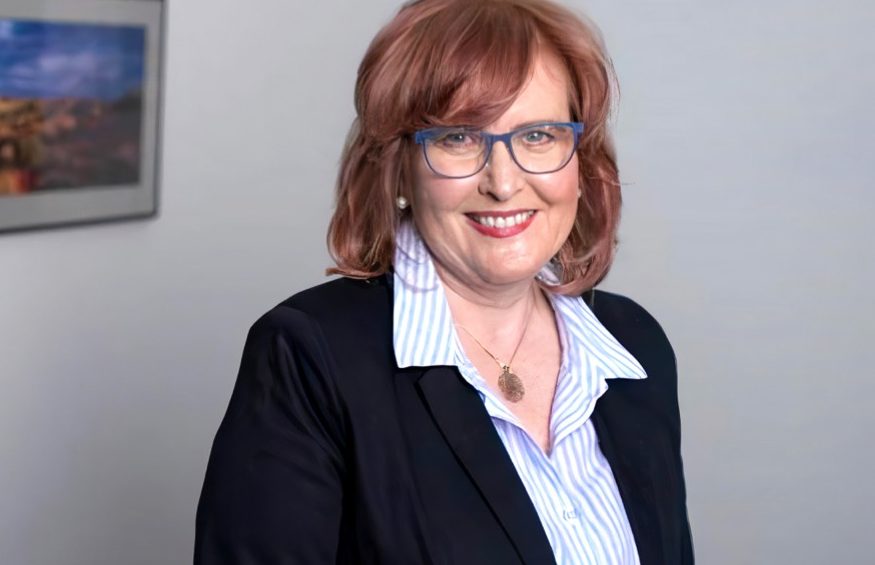
EVEN though Canberra GPs have “thrown their support” behind the ACT government’s plans for five new nurse-led walk-in centre, the Royal Australian College of General Practitioners (RACGP) fears they could lead to fragmented care.
RACGP, the professional body for general practitioners in Australia, is now calling the government and ACT Health to clarify what these walk-in centres will actually look like.
The centres, proposed for south Tuggeranong, west Belconnen, the inner south, Molonglo and north Gungahlin in an ACT Labor pre-election commitment, could prove problematic for GPs and patients, RACGP president Dr Karen Price warns.
And while ACT Health Minister Rachel Stephen-Smith assures that they are not actually walk-in centres as the previous ones have been, Dr Price is keen for some further clarification.
“The RACGP does not support clinics that lead to increased fragmentation of care,” Dr Price says.
“We are keen to talk to ACT Health and clarify what these new centres will actually look like. That includes details on whether the new walk-in clinics will be integrated with the usual care that GPs provide.”
An ACT government spokeswoman, however, says the new centres intend to deliver a mix of immediate and appointment-based services with a focus on prevention, early intervention and coordinated care for people with chronic illness.
“The model of care for the new hubs will vary from site to site [but] all sites are expected to be multidisciplinary services that complement and enhance existing services in the region to provide integrated care,” she says.
“For example, the Coombs Walk-in Health Centre pilot site will focus on health care for women, children and young families in the area. This was announced during the election campaign.”
Dr Price believes that walk-in clinics, to date, have had a specific cohort focus on mothers and babies, which is not in keeping with the whole person care approach that GPs take.
But the ACT spokeswoman assured that the centres provide free advice and treatment for adults and children over the age of two with non-life threatening illness and injury.
Dr Price also raises concerns about there being insufficient data to demonstrate that this model of providing primary care is effective or cost-efficient.
“There is no clear proof that they save money or reduce the workload on GPs. Similarly, there is no evidence that they enhance quality of care, including for the management of multiple chronic diseases,” she says.
“Walk-in centres increase the likelihood of patients doubling up, by presenting to a walk-in centre and subsequently a general practice with the same health concern. It is also clear that these centres do not reduce emergency department attendances and their convenience creates artificial demand from people who would otherwise manage their health concern themselves.
“Further, because many patients do not completely understand what their function is you do see greater fragmentation of care.”
Dr Price says there’s a reason why this model has not been adopted in Australia’s other jurisdictions.
“It simply does not stack up,” she says.
“This is not isolated to Australia either – in the United Kingdom nurse-led walk-in centres were closed between 2010 and 2013 and replaced by GP-led clinics.”
Dr Price is now urging policymakers to have continuity of care front of mind when considering models of primary care.
“If a person builds a relationship with their local GP, they will benefit from regular screening and prevention to proactively manage risks as well as complications from chronic conditions and enjoy better health outcomes,” she says.
“We must do everything possible to encourage people to have an ongoing relationship with a trusted GP who can monitor their conditions and pick up where they left off every time a consultation is needed. You will avoid the potential pitfalls of fragmented care and missing records and most of all, over time, you will develop a greater sense of trust and rapport with your GP.
“All patients benefit from having a regular GP; however, older patients and those with chronic conditions definitely have more to lose from having poorly coordinated care. So, the older you get and the more complicated your medical history becomes the more important it is to have ongoing access to the same GP.
“I recommend to all patients that they find a GP to whom they can relate to and feel comfortable with and then keep going back to the same place. The introduction of telehealth means that this much easier for patients and makes a real difference in the long run.”
Who can be trusted?
In a world of spin and confusion, there’s never been a more important time to support independent journalism in Canberra.
If you trust our work online and want to enforce the power of independent voices, I invite you to make a small contribution.
Every dollar of support is invested back into our journalism to help keep citynews.com.au strong and free.
Thank you,
Ian Meikle, editor





Leave a Reply